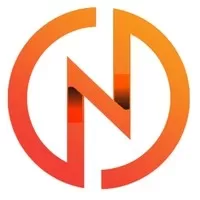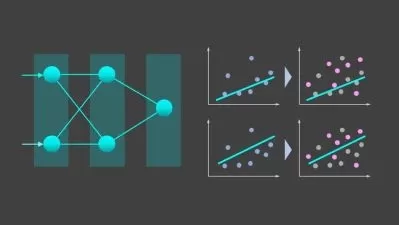Mulesoft DataWeave Language Overview and In depth Knowledge
NetBook Tech
6:30:26
Description
Let's get start learning Mulesoft DataWeave Scripting
What You'll Learn?
- Introduction to DataWeave
- About the Transform Message Component
- Supported Data Formats and Convert
- DataWeave Selectors
- DataWeave Operators
- Flow Controls in DataWeave
- Working with Objects in DataWeave
- Working with Arrays in DataWeave
- Working with Dates in DataWeave
- Functions in DataWeave
- Create Custom Modules and Mappings
- Calling a Java class using DataWeave
- Decode and Encode Base64
- Streaming in DataWeave
- DataWeave Course Conclusion
Who is this for?
What You Need to Know?
More details
DescriptionThe DataWeave Language is a simple, powerful tool used to query and transform data inside of Mule. It can be implemented to:
graphically map fields by dragging one attribute to another, just like you were able to with the now deprecated DataMapper, or
leverage its powerful object-oriented language that’s specially designed to make writing transformations quick, without compromising maintainability.
DataWeave supports a variety of transformations: simple one-to-one, one-to-many or many-to-one mappings from an assortment of data structures, and can complete more elaborate mappings including normalization, grouping, joins, partitioning, pivoting and filtering. With DataWeave and Mule Expression Language (MEL), you can take your application’s data transformation ability to the next level.
You can also call upon the power of DataWeave language within other components by using Mule Expression Language DataWeave Functions.
The language is tightly integrated with Mule and Anypoint Studio. Use the Transform Message component, which allows you to use the language to query and transform data through DataWeave. Any mappings you perform through the graphical interface will be expressed in DataWeave code in real-time.
DataWeave is a functional programming language designed for transforming data. It is MuleSoft’s primary language for data transformation, as well as the expression language used to configure components and connectors. However, DataWeave is also available in other contexts, like as a command-line tool. These tutorials will largely treat DataWeave as a standalone language, with Mule-specific info designated with (M).
DataWeave allows users to easily perform a common use case for integration developers: read and parse data from one format, transform it, and write it out as a different format. For example, a DataWeave script could take in a simple CSV file and transform it into an array of complex JSON objects. It could take in XML and write the data out to a flat file format. DataWeave allows the developer to focus on the transformation logic instead of worrying about the specifics of reading, parsing, and writing specific data formats in a performant way.
Who this course is for:
- Mulesoft Developers
The DataWeave Language is a simple, powerful tool used to query and transform data inside of Mule. It can be implemented to:
graphically map fields by dragging one attribute to another, just like you were able to with the now deprecated DataMapper, or
leverage its powerful object-oriented language that’s specially designed to make writing transformations quick, without compromising maintainability.
DataWeave supports a variety of transformations: simple one-to-one, one-to-many or many-to-one mappings from an assortment of data structures, and can complete more elaborate mappings including normalization, grouping, joins, partitioning, pivoting and filtering. With DataWeave and Mule Expression Language (MEL), you can take your application’s data transformation ability to the next level.
You can also call upon the power of DataWeave language within other components by using Mule Expression Language DataWeave Functions.
The language is tightly integrated with Mule and Anypoint Studio. Use the Transform Message component, which allows you to use the language to query and transform data through DataWeave. Any mappings you perform through the graphical interface will be expressed in DataWeave code in real-time.
DataWeave is a functional programming language designed for transforming data. It is MuleSoft’s primary language for data transformation, as well as the expression language used to configure components and connectors. However, DataWeave is also available in other contexts, like as a command-line tool. These tutorials will largely treat DataWeave as a standalone language, with Mule-specific info designated with (M).
DataWeave allows users to easily perform a common use case for integration developers: read and parse data from one format, transform it, and write it out as a different format. For example, a DataWeave script could take in a simple CSV file and transform it into an array of complex JSON objects. It could take in XML and write the data out to a flat file format. DataWeave allows the developer to focus on the transformation logic instead of worrying about the specifics of reading, parsing, and writing specific data formats in a performant way.
Who this course is for:
- Mulesoft Developers
User Reviews
Rating
NetBook Tech
Instructor's Courses
Udemy
View courses Udemy- language english
- Training sessions 15
- duration 6:30:26
- English subtitles has
- Release Date 2024/05/18











